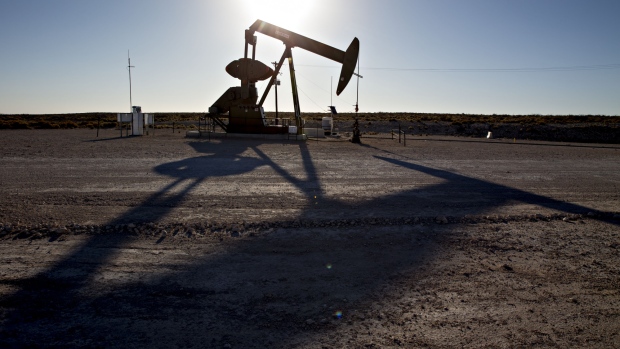Jan 3, 2019
Oil edges up as traders weigh economic risks against OPEC cuts
, Bloomberg News

Oil ended another topsy-turvy day by closing near a two-week high, as traders weighed signs that OPEC is following through on production cuts against hints of an economic slowdown.
Global benchmark Brent crude rose, fell and then rebounded on Thursday, ending the trading session up 1.9 per cent. Prices were spurred by signs that OPEC had made an early start on its pledged production curbs. Saudi Arabia also moved to increase prices in the U.S. and Asia, a signal that the world’s biggest exporter thinks demand will be sustained.
“We really do need a sustained effort from some of the OPEC producers to take supply out of the market in order for prices to recover,” Jason Gammel, an analyst at Jefferies LLC, said in a Bloomberg television interview. “Now we’re starting to see that.”
Oil futures swooned along with U.S. equities earlier in the day, after a report that a gauge of American manufacturing plunged last month by the most since October 2008. President Donald Trump’s trade war with China will force many U.S. companies to join Apple Inc. in announcing lower than expected earnings, the chairman of the White House Council of Economic Advisers said later on Thursday.
“Demand concerns started to take over,” said Cailin Birch, a global economist at The Economist Intelligence Unit in London. “We’re going to see China’s economy slowing further and we’re starting to see some early warning signs for the U.S.”
West Texas Intermediate for February delivery rose 55 cents, or 1.1 per cent, to settle at US$47.09 a barrel on the New York Mercantile Exchange.
Brent for March settlement closed US$1.04 higher at US$55.95 a barrel on the London-based ICE Futures Europe exchange and traded at a premium of US$8.55 to March WTI. The global benchmark crude is still down almost 40 per cent from a four-year high reached in October.
In a sign of urgency felt by crude producers to arrest the slide, the Saudis throttled back production in December well before the wider supply curbs pledged by OPEC and its allies to begin this month. The kingdom’s cutbacks reduced OPEC’s overall output by 530,000 barrels a day last month, the group’s sharpest pullback since January 2017.
Chinese manufacturing numbers -- signaling contraction for the first time since mid-2017 -- torpedoed investor optimism on Wednesday, the first full day of trading in 2019. That’s after global stocks had their worst December rout since 2008 on concern the U.S. Federal Reserve’s tighter monetary policy will weigh on growth. Meanwhile, parts of the American government remained shut as congressional leaders failed to strike a funding deal with President Trump.
Other oil-market news: Gasoline futures gained 1.8 per cent to US$1.3495 a gallon in New York. The Brazilian government won’t interfere with fuel prices, incoming Energy Minister Bento Albuquerque said during a ceremony in Rio de Janeiro. The majority of U.S. oil executives surveyed by the Dallas Fed are still planning to boost spending in the next year, even after the plunge in prices.


